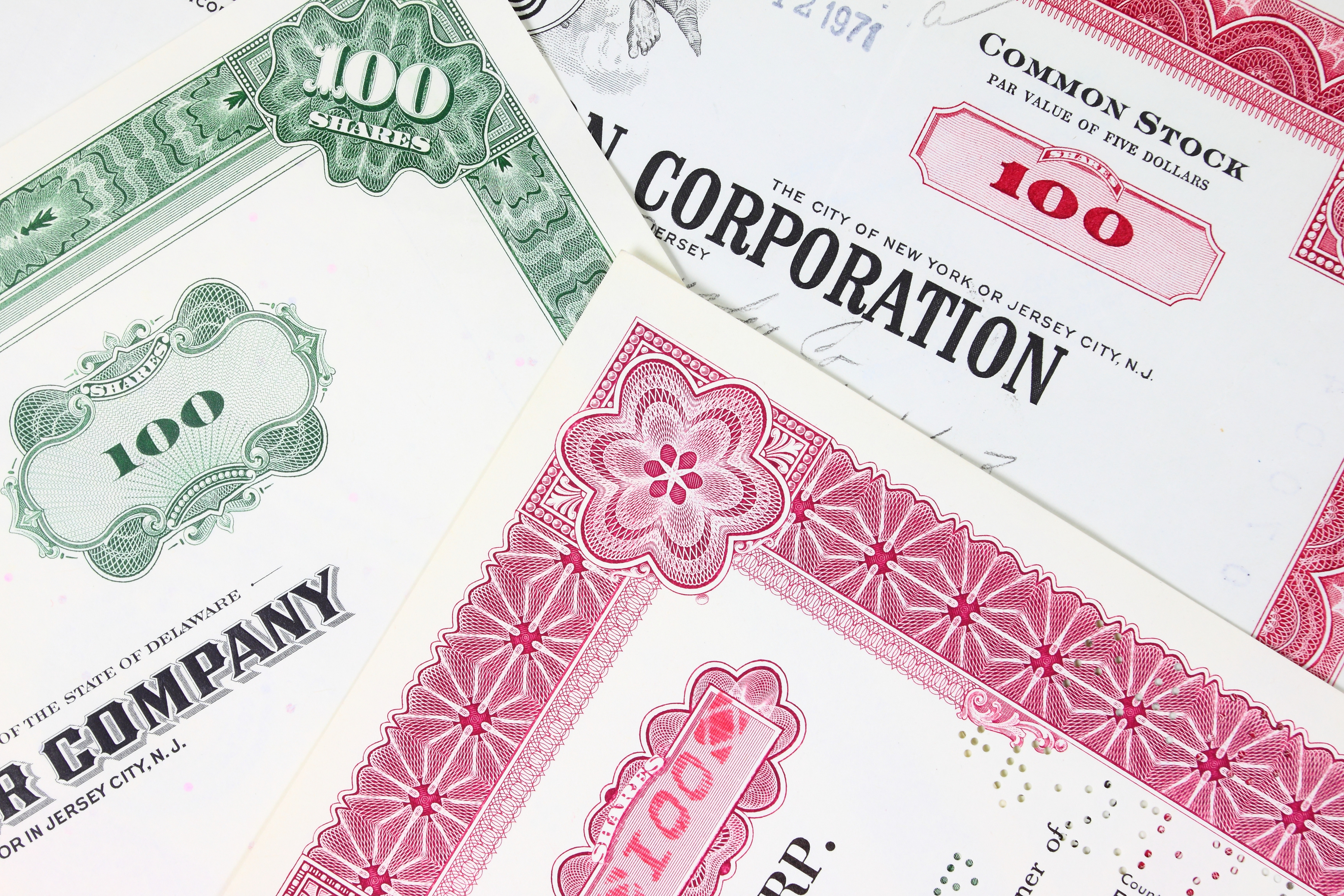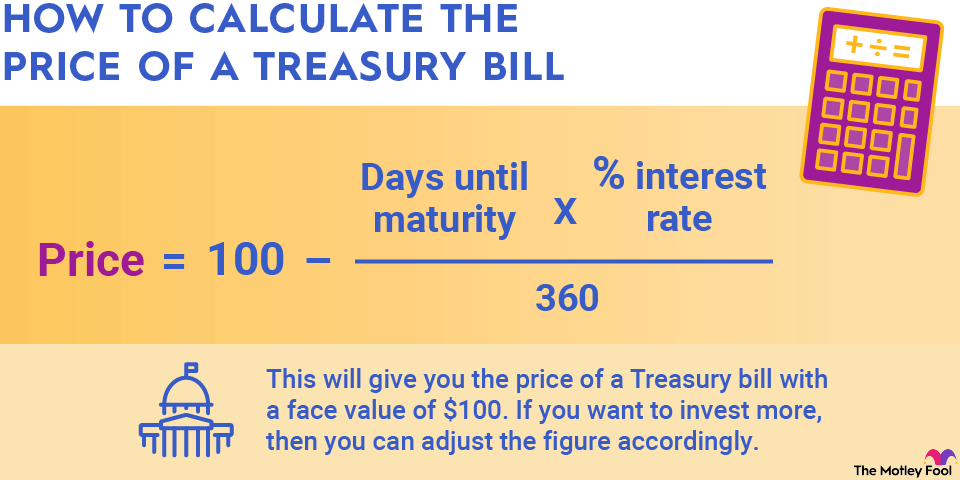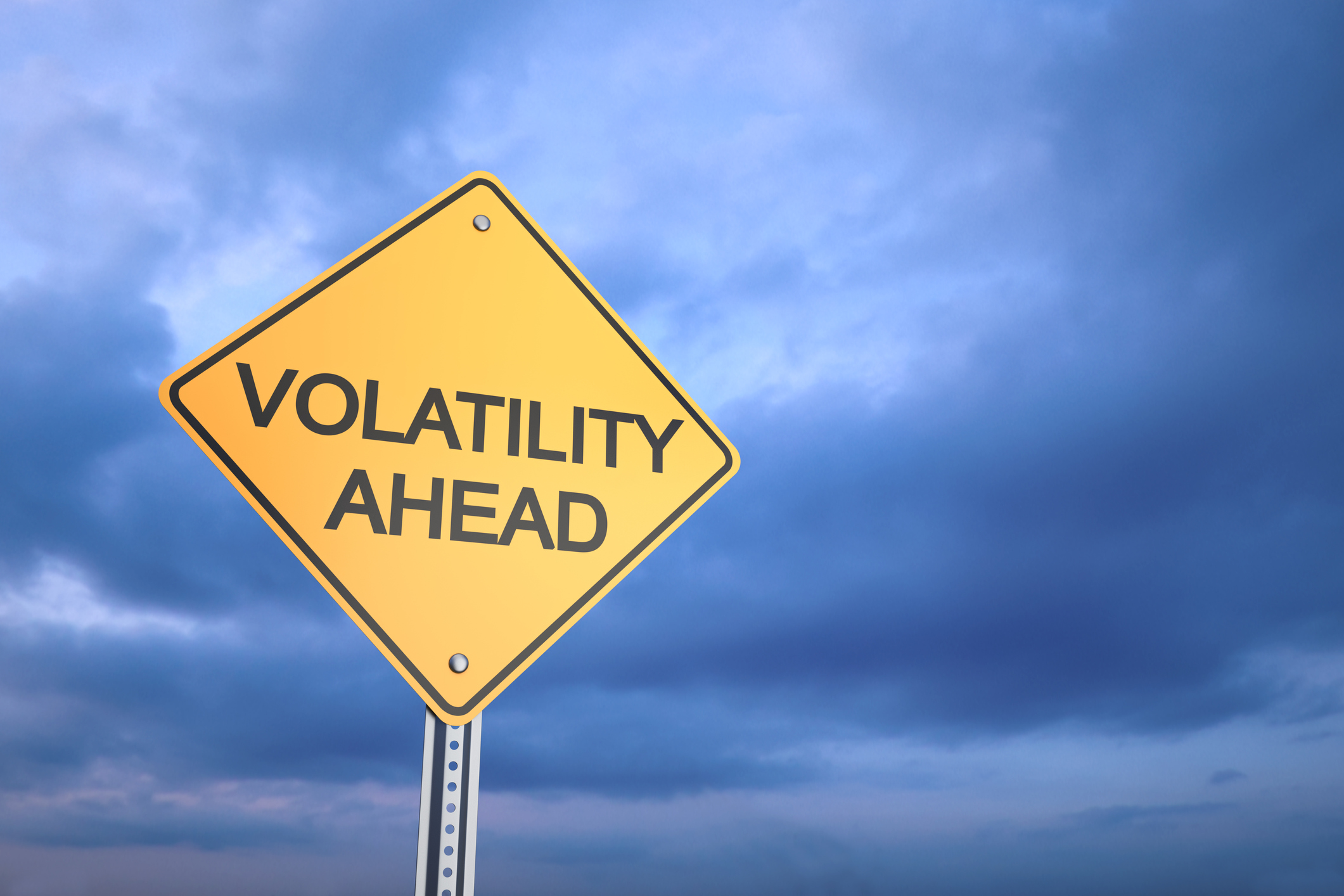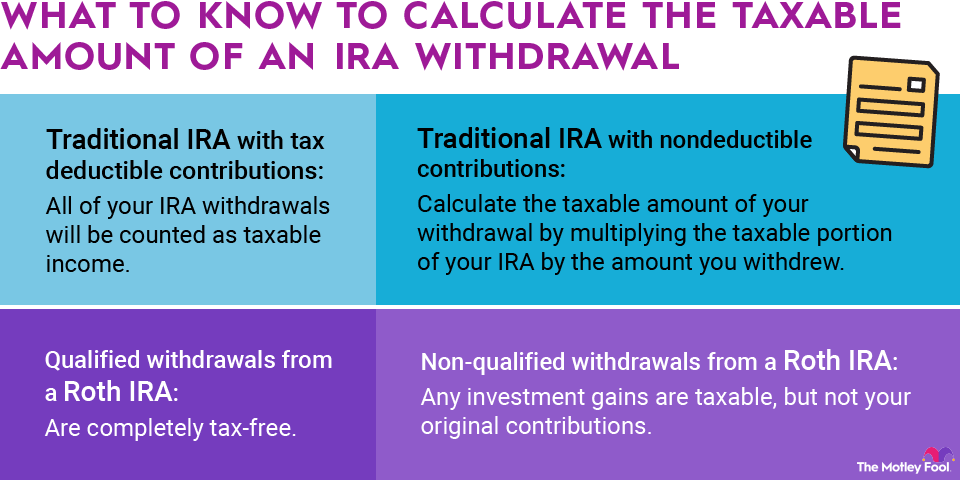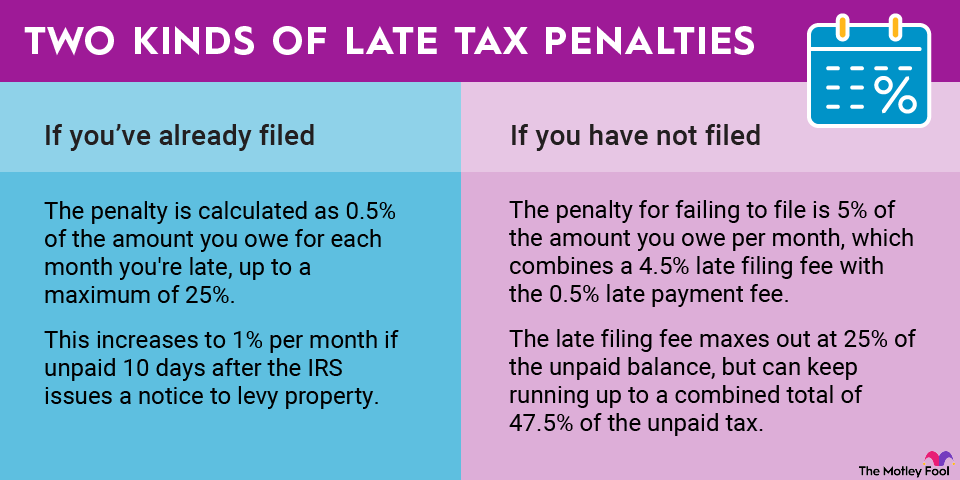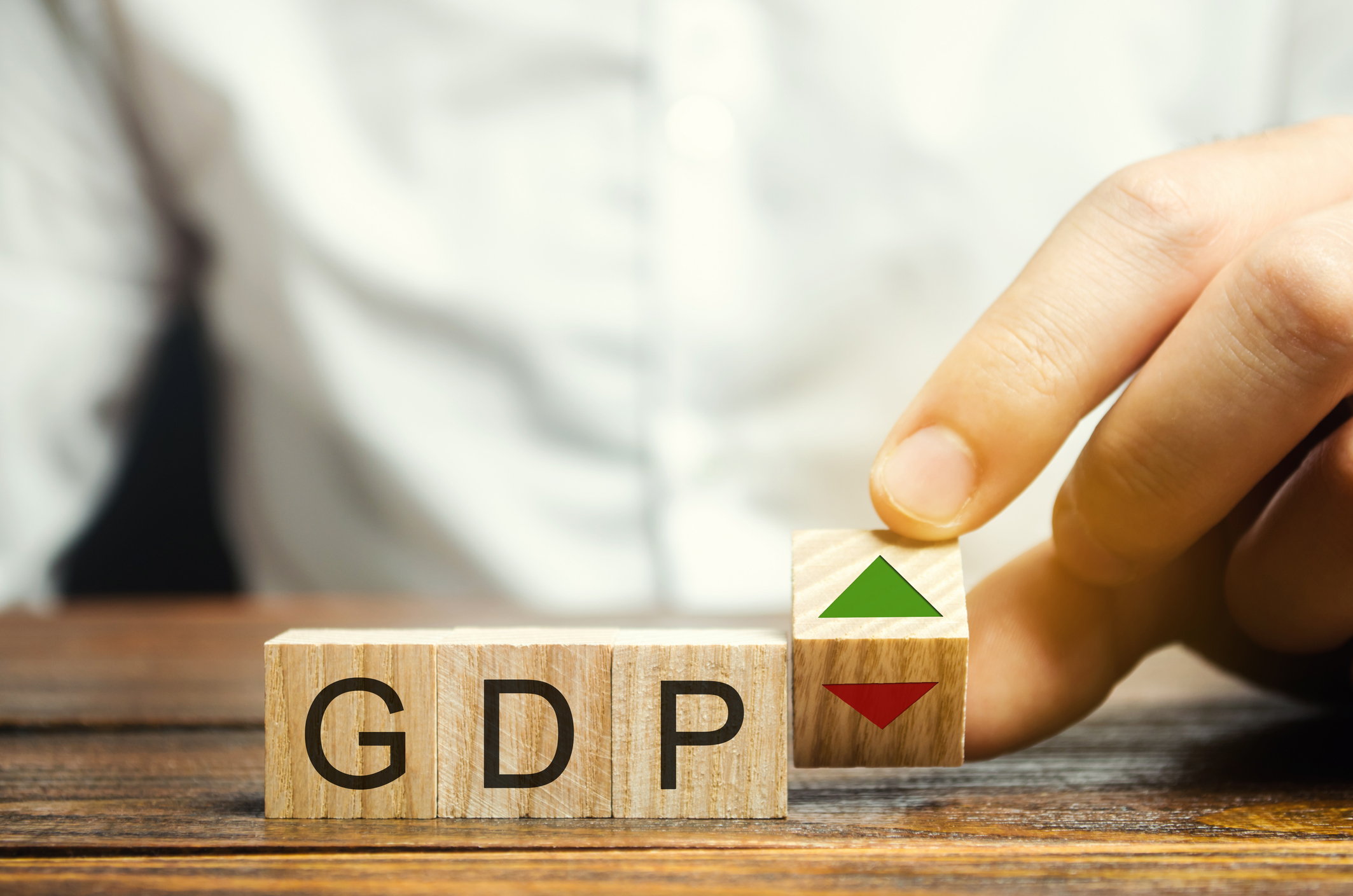Without price volatility, there is no market -- i.e., prices are static. Volatility is a key characteristic of asset markets (stocks, bonds, commodities, etc.) and even more so of derivatives markets (futures, forwards, options, swaps, etc.).
Because they are often unconcerned with the notion of intrinsic fundamental value, traders are very focused on volatility. The following article will begin by explaining the concepts of spot and strip prices before explaining how to calculate volatility on each of those prices.
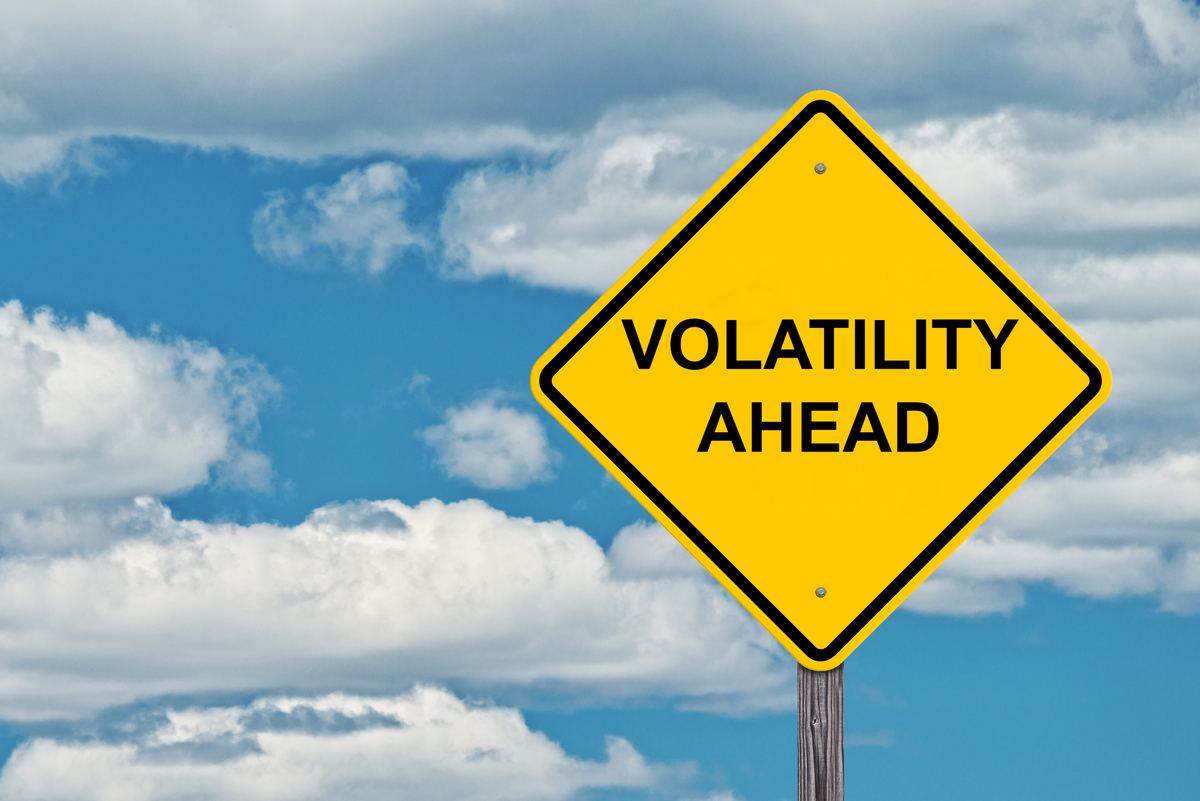
Spot price
When you hear the term spot price, you can be certain that it relates either to a stock index -- the S&P 500, for example -- a commodity, currency, or interest rate. Why? The use of spot makes the distinction between the futures price and the strip price, as we'll see later.
There's no active futures market based on individual stocks, so nobody talks about the spot price of AT&T shares; it's the market price, or just "the price."
For example, the spot price of oil is the price you pay for immediate delivery/settlement as opposed to the six-month Brent crude oil futures price, which is the price you pay in six months' time for delivery of 1,000 barrels of Brent crude oil. (In practice, most contracts are settled in cash.)
Strip price
The strip price is a term that is mainly used in energy markets and refers to the price of a futures strip. A futures strip is the simultaneous purchase (or sale) of futures with sequential delivery months -- for the same underlying commodity, of course. For example, at the time of writing, buying the NYMEX 12-month natural gas strip would entail buying the May 2016 futures, the June 2016 futures, and so on through April 2017.
Futures strips are actively traded as a stand-alone product; i.e., there is a quoted price at which you can buy or sell the strip directly without having to purchase all the individual futures separately. The strip price is the arithmetic average of the individual futures that are part of the strip.
How to calculate volatility with spot and strip prices
Volatility has a specific technical meaning in finance theory. The daily historical volatility of any price series -- whether spot prices or strip prices -- is equal to the standard deviation of daily returns.
(You could also calculate the monthly volatility using monthly prices.)
In financial markets, people usually refer to volatility in annualized terms, so the sum of squared deviations is adjusted by a factor of 252, which represents the approximate number of trading days in a year. If that sounds obnoxiously complicated, I invite you to consult another page, How to Calculate Annualized Volatility, which walks you through the calculations step by step.
Related investing topics
Why would you want to calculate volatility on strip prices?
Because there is an active options market on strips! I know, I know... we started with a simple futures contract, and we're now talking about options on packages of multiple futures. That's financial market "innovation" for you.
The future volatility of the underlying -- in this case, a futures strip -- is the key input in option-pricing models because it's unobservable, unlike the other inputs. Since no one knows what future volatility will be, traders like to use historical volatility as a benchmark.




